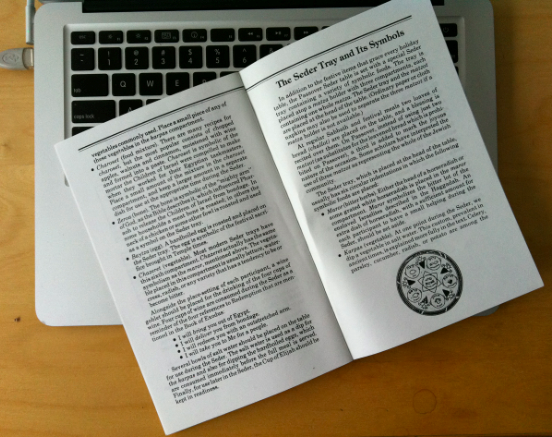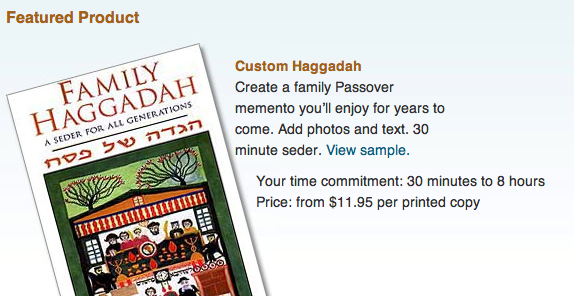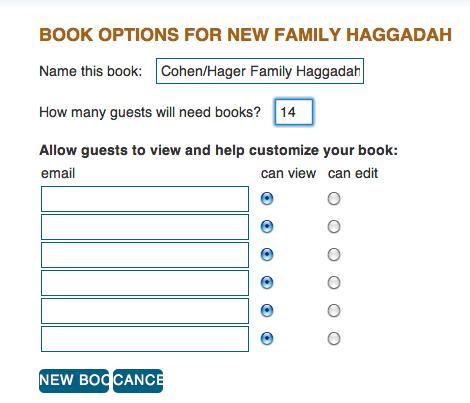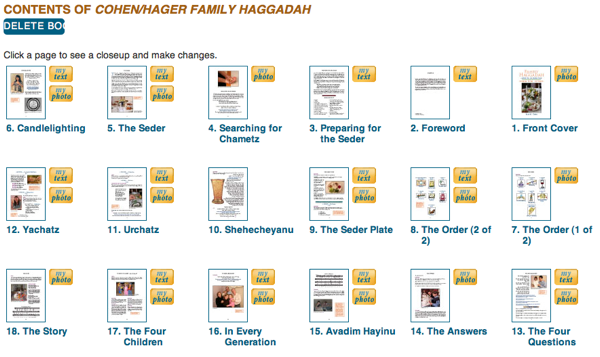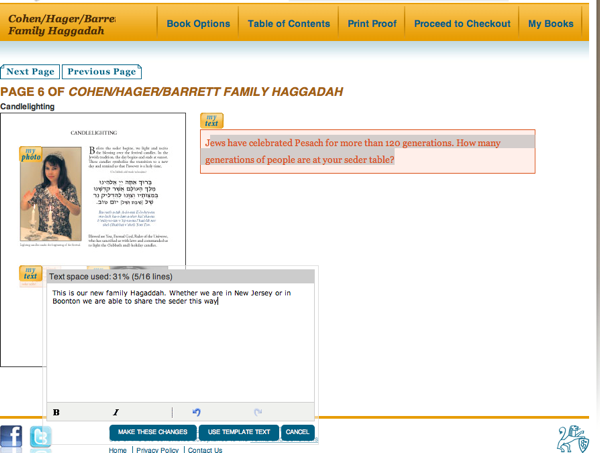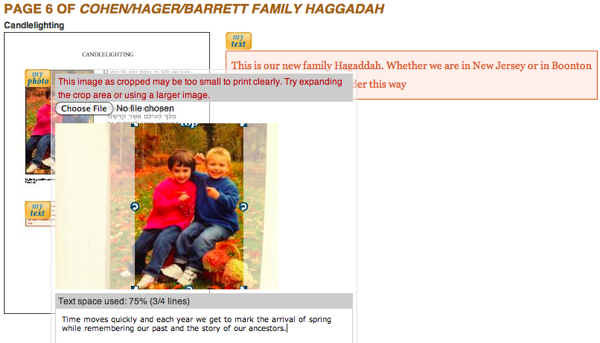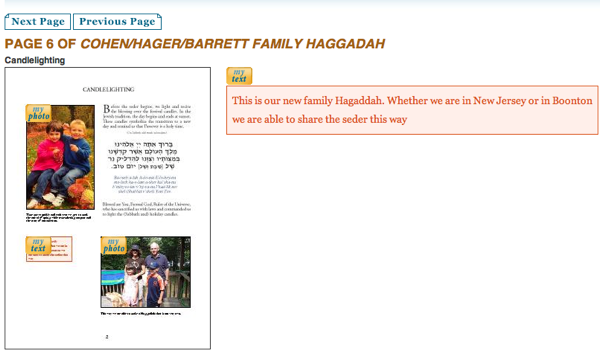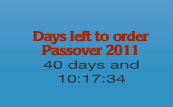by Johanna Ginsberg
NJJN Staff Writer
March 30, 2011
Local Reform rabbis are hailing the nomination of Rabbi Richard Jacobs as fifth president of the Union for Reform Judaism as an “inspired” choice.
They are lauding his innovative work in synagogue life, his commitment to social justice, and his charisma.
Jacobs, who will succeed the retiring Rabbi Eric Yoffie of Westfield, is the senior congregational rabbi at the Westchester Reform Temple in Scarsdale, NY. In announcing the recommendation of the 55-year-old Jacobs, the 900-synagogue URJ said he stood ready to make more Reform synagogues “vibrant and inclusive.”
“The congregational world is changing, and having someone who has been part of it will help in the decisions and support the URJ will provide,” said Rabbi Mark Kaiserman of Temple Emanu-El of West Essex in Livingston.
“Rick is forward-thinking, innovative, charismatic, and the ‘real deal,’” said Rabbi Daniel Cohen of Temple Sharey Tefilo-Israel in South Orange.
Cohen called Jacobs’ pulpit experience “one of the most significant things about the choice.”
"To have someone take over the leadership of our movement who knows the challenges of, achievements by, and importance of synagogue life intimately can only serve all our congregations well," he said.
Cohen also called the choice a savvy one, since Jacobs was involved in the Rabbinic Vision Initiative, a group of leaders from large synagogue voicing concern over the challenges facing the movement.
Rabbi Matthew Gewirtz of Congregation B’nai Jeshurun in Short Hills, who first met Jacobs more than a decade ago, called him an “outstanding” choice.
They met when Gewirtz was a student at Hebrew Union College and Jacobs came to serve as scholar-in-residence.
“I was immediately taken with his ability to connect with students one on one,” said Gewirtz. “He has a generous manner, and when he gave a sermon, I was moved by his extraordinary ability to communicate — his mere presence was as important as what he’d say.”
Jacobs, said Gewirtz, “knows how to make each person feel he is talking to them. He can say something of depth and reach the depth of each person.”
More recently, Gewirtz spent time with Jacobs after accepting his current position at B’nai Jeshurun in 2006, in part to learn how to carve his own leadership niche at an already successful and thriving congregation. Jacobs himself succeeded the prominent Rabbi Jack Stern at Westchester Reform Temple.
“He knew how to honor his predecessors and chart his own course and really move the congregation forward to where Reform Judaism was heading,” said Gewirtz. “His congregation has become a model of what a suburban Reform congregation could be.”
Beyond the walls
Cohen is looking to Jacobs to offer a "big tent" that will accommodate Reform Jews of all stripes but will also focus on education.
“Having grown up in a Reform Judaism that was rooted in the concept of ‘informed choice,’ I hope we can speak more loudly than ever about educating ourselves as Jews and then respecting the wide range of choices Reform Jews make with regard to their personal and familial observance,” he said.
Rabbi David Levy of Temple Shalom in Succasunna, who doesn’t know Jacobs personally, focused on his track record, especially as a director of Synagogue 2000 and Synagogue 3000, a think-tank that focuses on revitalizing synagogues.
“I love that he was involved with Synagogue 2000 and Synagogue 3000 because that whole movement of synagogue transformation has brought new energy to synagogue life,” said Levy.
Gewirtz said he expects Jacobs to reach outside the synagogues.
“Jacobs has made it clear that whole segments of our community are not affiliated, not because they are not Jewishly engaged, but because they have not found a way to connect to a Jewish institution,” said Gewirtz. “He’s out there beyond congregational walls connecting to people in their 20s and 30s and empty-nesters.”
Jacobs is also known for his interest in social action, helping in places like Darfur and Haiti, serving on the board of the American Jewish World Service, and “greening” his synagogue.
“I love that he has deep roots in social justice. Social justice brought me to the rabbinate and to Temple Shalom,” said Levy.
Rabbis are also looking for his creative thinking to ground the movement.
“Rabbi Jacobs is particularly skilled at thinking outside the box, and this is something we very much need today,” said Rabbi Steven Kushner of Temple Ner Tamid in Bloomfield. “We need new ways to conceptualize the synagogue, new ways to think about what it means to be an authentic Jew, and especially how we understand Jewish responsibility to both the Jewish and the world communities.”
Jacobs has also spoken out in support of the Islamic center near Ground Zero in Manhattan, is chair of the pluralism grants committee of the New Israel Fund, and a member of the rabbinic cabinet of J Street, the “pro-Israel, pro-peace” lobby.
Conservative critics, including the Zionist Organization of America and Commentary magazine, have criticized his involvement in NIF and J Street; the ZOA issued a release saying it is concerned “at the prospect of the Reform movement becoming a captive of the beliefs and actions of both organizations.”
Rabbi Laurence Groffman of Temple Sholom of West Essex in Cedar Grove brushed aside such criticism.
“The question is, What role does the URJ president’s personal views play in his presidency? While his own views on issues are obviously an important factor, the president does not and cannot unilaterally impose his views on the entire movement,” said Groffman. “Sure, he can set a tone and a direction, but what we need is a vibrant dialogue within the movement that takes into account all views on the political spectrum, and I imagine Rabbi Jacobs will value the various perspectives held by people in Reform Judaism.”
Cohen said, “I do not, however, believe that Rabbi Jacobs sitting on the rabbinic board of J Street will make J Street the de facto American group supporting Israel any more than my participation in AIPAC's Policy Conference in May makes it the defacto organization of my temple.”
Kaiserman added: “I have little concern about Rabbi Jacobs’ politics or positions. The next leader of the Reform movement has to be bold, creative, and vibrant. His or her organizational links are again not the values that matter. It is his character.”
The URJ board of trustees will vote on Jacobs’ nomination at its June 2011 meeting.
[An earlier version of this article inadvertently omitted comments by Rabbi Daniel Cohen of Temple Sharey Tefilo-Israel in South Orange. This version has been updated to include his comments.]



